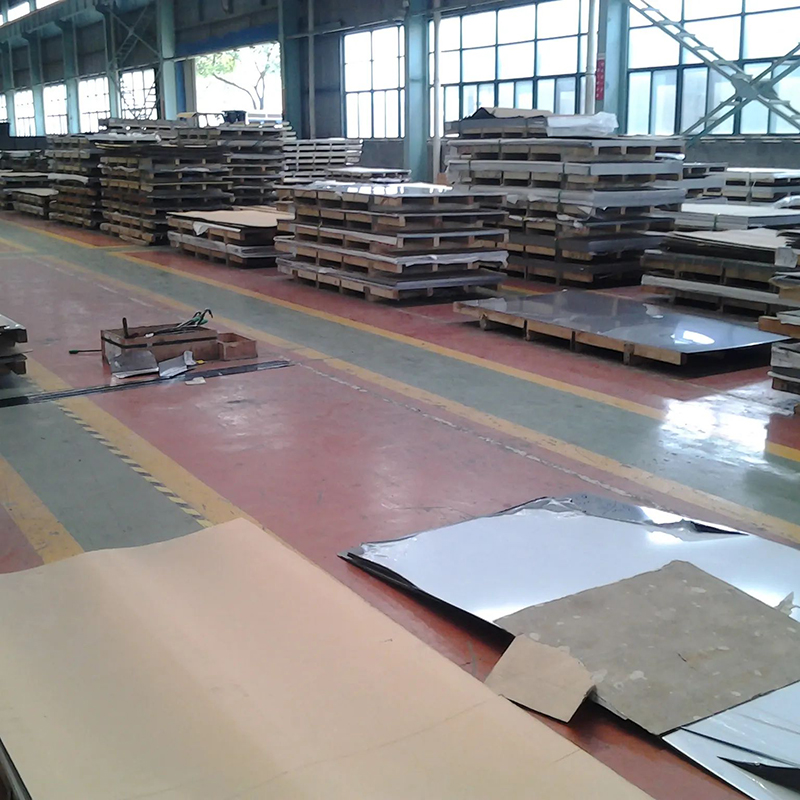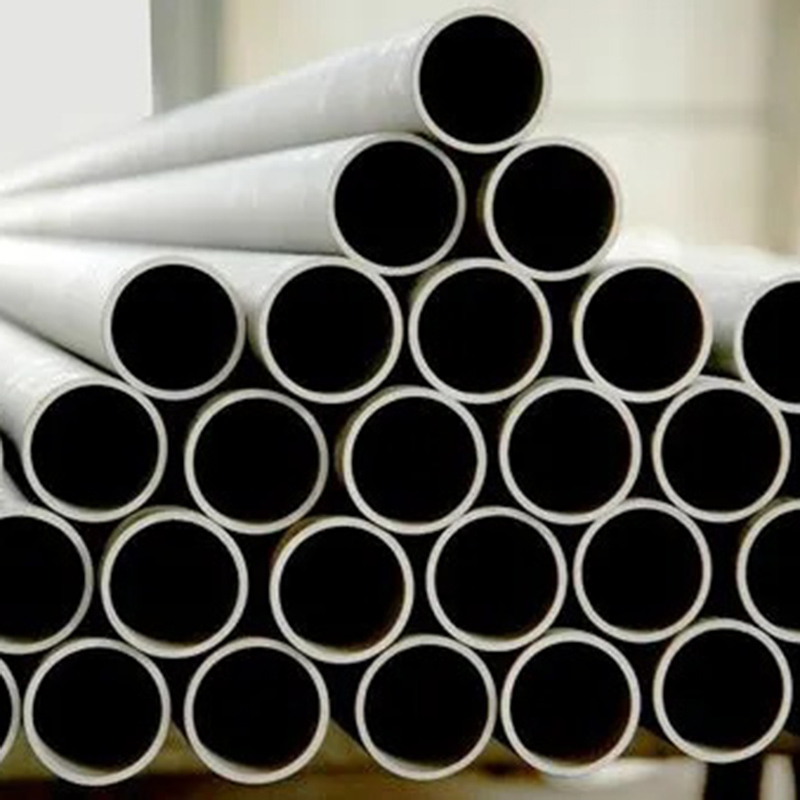We use cookies to enhance your experience. By continuing to browse this site you agree to our use of cookies. More info.
High nickel prices are considered a potential issue for nickel alloys and corrosion resistance applications. The article details how coatings can help relieve the issue. Alloy 800H Tubes

Nickel was a dormant commodity in early 2022, but it was routinely traded all over the globe. Prices were stable and things were smooth on the leading metals exchange, the London Metals Exchange or LME. Then February happened.
This article elaborates how high nickel prices might affect the supply and price of superalloys, as well as how silicon coatings could be a low-cost alternative.
This article also provides insight into
During normal times, any commodity producer will purchase short contracts on the LME (a bet that their product’s future price will fall). They do so not because they want the cost of their product to drop; rather, they are purchasing insurance in the event that it does. As a result, their losses are offset (hedged) by the profit from the short futures contract.
Tsingshan Holding Group, like many other metals firms, did just that.
Tsingshan is a Chinese steel company that also owns a number of nickel mines. When looking at historical nickel price swings (see graph), it appeared that there was little risk of a massive increase in nickel prices. Tsingshan would indeed be responsible for filling those nickel contracts at a loss if there was a significant price increase (or a short squeeze).
After Russia invaded Ukraine on February 24th, 2022, all bets were off because Russia produces about 7% of the world’s nickel. As the war progressed, the West placed trade restrictions and sanctions on Russia, effectively preventing much of that nickel from reaching Western mills and roiling markets.
The price of a ton of nickel on the LME increased from around $20,000 per ton to $29,000 per ton on March 4th, 2022 (a Friday).
Nickel was trading for over $100,000 per ton the following Tuesday. The lack of supply and speculation wreaked havoc on the market, prompting the London Metal Exchange (LME) to suspend nickel trading for a week. There was concern that margin calls would be missed, and nickel mines that were short on contracts would be facing losses in billions.
The LME nickel price stabilized somewhat after March 8th, 2022, but trading remains erratic. After that massive spike, nickel prices fell to $48,000 per ton on March 8th, 2022, and have since eased to a still lofty $31,000 per ton as of Monday, March 21st, 2022.
However, market volatility will almost certainly drive up the price of nickel-based metal alloys in the future, particularly high-nickel alloys like Hastelloy® C22 or C276.
Why will the price of nickel superalloys skyrocket? The nickel content of some common alloys is as follows: 316 stainless steel has a nickel content of 10–14%, while 304 stainless steel has a nickel content of about 8%. Hastelloy C276 has a nickel content of over 60%, while Hastelloy C22 has a nickel content of around 56%.
A rise in nickel prices will have a disproportionately negative impact on the cost of high nickel alloys. The conflict in Ukraine, as well as the sanctions that have followed, has exacerbated the problem. Inflated costs and potential shortages or long lead times for high nickel alloys are the overall effects.
Dursan® or Silcolloy® coated stainless steel could be an option to satisfy the supply gap for corrosion resistance applications. The following are some of the advantages of using corrosion-resistant coatings:
Dursan® and Silcolloy® coated stainless steel enhance stainless steel corrosion resistance by an order of magnitude, approaching Hastelloy® C-22 and C-276 performance.
The corrosion rates of stainless steel, Dursan and Silcolloy coated stainless steel, silicon nitride coated stainless steel, and superalloys, after being exposed to identical corrosive environments, are compared in the graph below.
The stainless steel coupons with Dursan and Silcolloy coatings greatly enhanced the efficiency of stainless steel, bringing it closer to that of superalloys. SilcoTek now provides new custom coatings that enhance the performance even further.
Hydrochloric acid (HCl) immersion testing of Dursan and Silcolloy (SL1000) coated stainless steel (below) reveals enhanced performance over numerous nickel alloys, including C22, C276 and M400 alloys.
Dursan and Silcolloy help stainless steel resist corrosion in a variety of applications, including those listed in the table below.
Users should consider extending the life of their superalloy component by implementing corrosion-resistant coatings to the alloy surface as an alternative cost-cutting measure for applications that require the use of a high nickel alloy.
After investing in a superalloy, it makes sense to protect it by adding a layer of silicon to improve resistance to corrosion and extend the component’s life.
Adding Dursan or Silcolloy to superalloy components can help them perform even better in corrosive environments. When immersed in HCl solution, a Hastelloy coated sintered metal disc can decrease loss due to corrosion, as shown in the comparison below.
Super alloy prices were high even before the rise in nickel prices. A coated stainless steel part can often be a fraction of the price of a comparable superalloy component.
The table below shows how Dursan coated stainless steel can substantially decrease the cost of a product, even before nickel prices rose.
The cost comparison below shows how silicon-coated stainless steel can become a good alternative to superalloys with high prices. A Dursan coated 304 stainless steel valve would be about half the price of the superalloy valve, according to the price of a tube stub diaphragm valve (graph below).
The issue of availability is also an area of concern. If a superalloy is required for the application, the lead time may be so extensive that the project might well be jeopardized. Most SilcoTek coatings have a lead time of 10 working days or less in standard part configurations, making silicon coatings a sure bet for meeting project deadlines.
The price and supply of vital materials used in the manufacture of metal alloys are extremely volatile around the world, with nickel being a prime example. Tariffs, COVID and now Russian sanctions have wreaked havoc on the market, causing price and delivery ambiguity.
SilcoTek® coatings significantly improve stainless steel corrosion resistance, reducing the need for high nickel alloys in several applications. Coatings can also be used as a stopgap measure to keep a project on track by preventing long lead times or to protect a large investment in superalloy components. SilcoTek coatings are an excellent alternative to superalloys.
This information has been sourced, reviewed and adapted from materials provided by SilcoTek.
For more information on this source, please visit SilcoTek.
Please use one of the following formats to cite this article in your essay, paper or report:
SilcoTek. (2023, February 21). The Effect of the Nickel Market on Corrosion Resistant Metal Supply and Cost. AZoM. Retrieved on September 27, 2023 from https://www.azom.com/article.aspx?ArticleID=21498.
SilcoTek. "The Effect of the Nickel Market on Corrosion Resistant Metal Supply and Cost". AZoM. 27 September 2023. <https://www.azom.com/article.aspx?ArticleID=21498>.
SilcoTek. "The Effect of the Nickel Market on Corrosion Resistant Metal Supply and Cost". AZoM. https://www.azom.com/article.aspx?ArticleID=21498. (accessed September 27, 2023).
SilcoTek. 2023. The Effect of the Nickel Market on Corrosion Resistant Metal Supply and Cost. AZoM, viewed 27 September 2023, https://www.azom.com/article.aspx?ArticleID=21498.
Do you have a question you'd like to ask regarding this article?
AZoM.com - An AZoNetwork Site

Monel Owned and operated by AZoNetwork, © 2000-2023